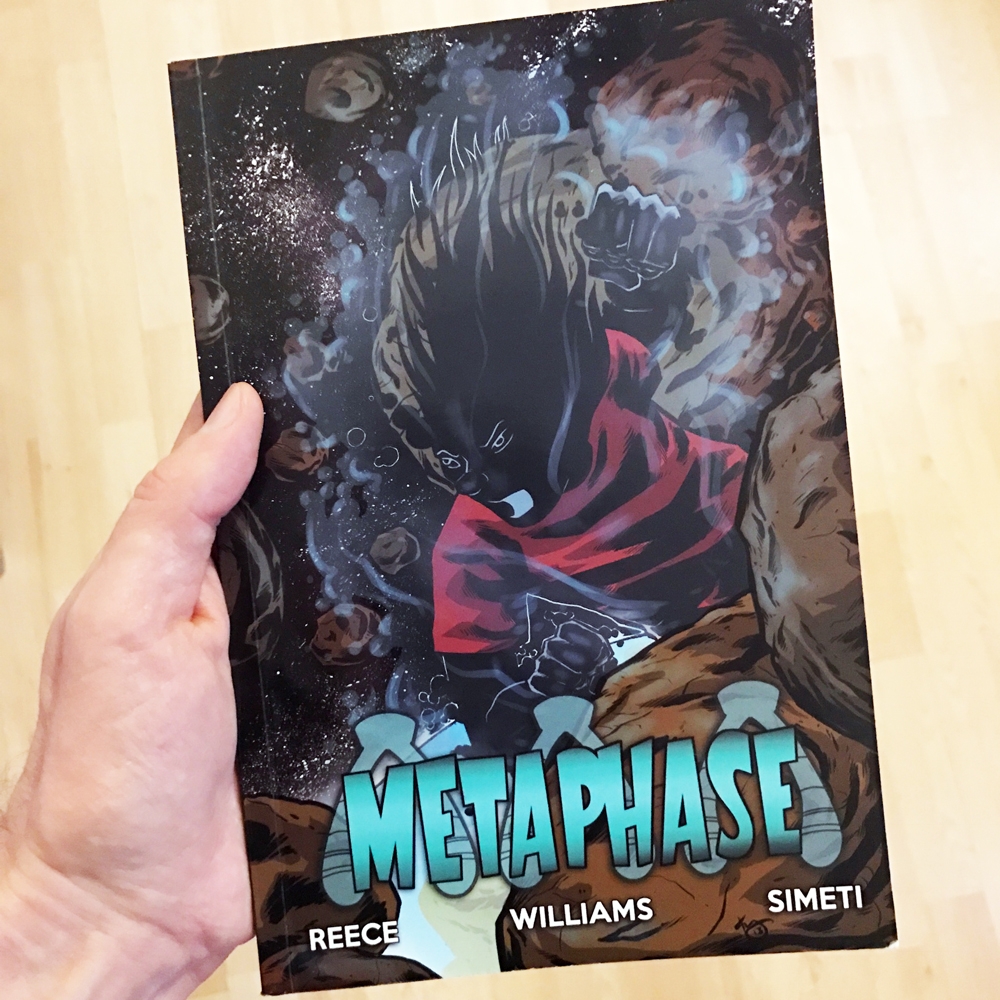 A little while back, ImagineFX magazine contacted me asking for a feature about ‘unlikely’ superheroes. Of course, I said ‘yes’ straight away – I love comics and I love ‘unlikely’ – and you’ll be able to read my piece in issue 146, on sale 24 February 2017 in the UK. As the brief talked about LGBTQ+ and plus-size superheroes, I straight away wondered whether there are any disabled superheroes out there, and any with Down’s syndrome (DS). My son Teddy has DS so it’s close to my heart.
A little while back, ImagineFX magazine contacted me asking for a feature about ‘unlikely’ superheroes. Of course, I said ‘yes’ straight away – I love comics and I love ‘unlikely’ – and you’ll be able to read my piece in issue 146, on sale 24 February 2017 in the UK. As the brief talked about LGBTQ+ and plus-size superheroes, I straight away wondered whether there are any disabled superheroes out there, and any with Down’s syndrome (DS). My son Teddy has DS so it’s close to my heart.
Very quickly, I discovered Metaphase, a graphic novel put together by Chip Reece and Kelly Williams, and published with some Kickstarter help by Alterna Comics. Chip’s son Ollie not only has DS but had a heart defect which meant a series of painful operations beginning when he was 10 days old. The kid has gone through more in his six years than most of us will face in a lifetime – a real hero, and fitting inspiration for Metaphase. I know my boy Teddy will find him inspiring too when he’s old enough to understand, and I’m sure Teddy will love Metaphase.
In the comic, Ollie is a little boy whose dad is a superhero. He wants to be one as well but his father is worried about Ollie’s wellbeing too much to let him get involved in the superhero trade. But by Ollie’s own endeavour he becomes a superhero anyway and… well, read it and you’ll find out.
I interviewed seven or eight people for the full feature that will appear in ImagineFX, but they were kind enough to let me share my interview with Chip Reece here. You can get your own copy of Metaphase easily enough on Amazon, it’s a fantastic piece that can be read by children and adults alike.
Comic writer Chip Reece talks about Metaphase
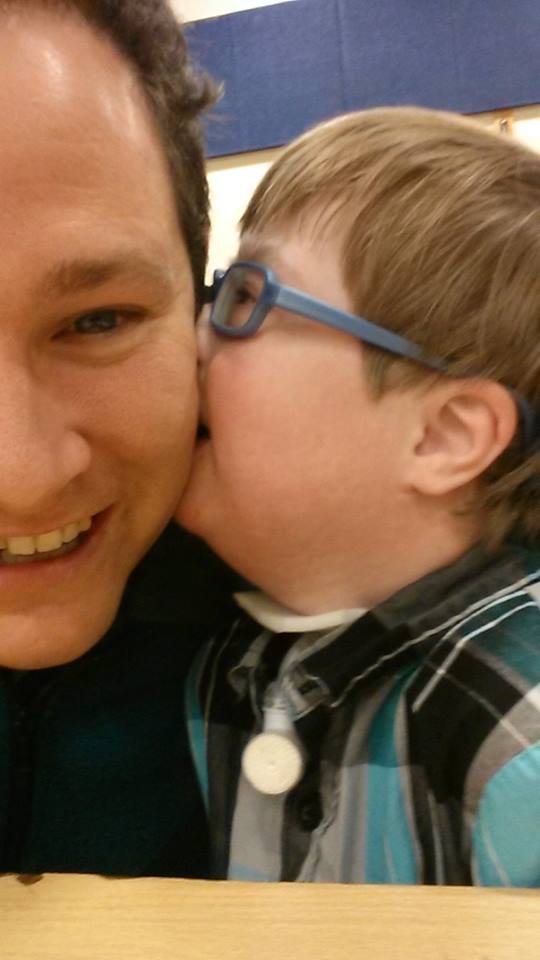
Tell me why you decided to write a comic with a hero who has DS, and in practical terms how the project got started?
The comic idea came mostly from my wanting to eventually share my love of comics with Ollie, but discovering there were no characters with DS in comics. I wanted my son to be able to see characters like himself doing amazing things so he could dream just as big as I did as a kid.
The project initially started with me throwing a script together for a little 10-page teaser comic. I thought it’d be cool to work with an artist on it and then sort of have it to share with the people I know. It was pretty soon after that little script came together that I got in touch with Kelly Williams who agreed to do all the artwork. Those 10 pages then grew into a full book after having a chance conversation with Peter Simeti, the man behind Alterna Comics. He was interested in the idea and was already a fan of Kelly’s work, which led to him wanting to bring it on board under his label.
How were the characters and the story crafted – what was it you wanted to put forward and portray?
The Character designs were really all Kelly. I gave a general description, but he took those beyond anything I had imagined. My only real request was that the main character’s physical traits would show features of DS. For the story I really started with what I knew from our experience with our son and then projected the common worldview that a person with disabilities is limited in what they can do. That feeling is mostly manifested in the dad’s concerns for his son in this book. I hoped to show that an individual’s dreams can be an unstoppable force regardless of what people think you can and can’t do.
What would you say were the trickiest aspects of the subject matter, and in what ways did you feel you had to deal sensitively with the content?
The trickiest thing I think is in breaking through the audience’s preconceived notions on how someone with DS would act, talk or what they should be able to do. I think that most of us that are a part of the DS community understand that there is a wide range of ability and each person/situation is unique. I wanted to make sure the character didn’t feed into general stereotypes that people have about DS, and think we managed that pretty well.
Comics are addressing difference and gender issues, but something like Metaphase could only come from an indie. It’s really very rare to see DS people in just about any mainstream media. I’d love to know your take on that and where and how you think matters could really improve?
Yes, there is ALWAYS room for improvement. I do feel like I’m seeing more people with DS represented in entertainment and targeted ads, but that could also be because I’m hyper-aware based on our personal connection. I think representation will only truly advance once we see individuals with disabilities in more prominent roles. There are some places where this is happening for those with DS (Buddies, Where Hope Grows, Born This Way, Spring Break Zombie Massacre), so I’m optimistic we are getting there.
Any advice for other creatives out there thinking of doing something different with their comic book hero?
Just go for it. There is no right way to make a comic book. The only qualifier is actually making it. And, if you are including prominent characters with ANY disability, you are already doing something different. We NEED more different.
Anything you’d like to add?
I’m not usually into cheesy motivational quotes, but this one from Will Smith plays in my head from time to time: “Being realistic is the most travelled road to mediocrity.” I take this to heart because I think as a parent of a child with Down’s syndrome it’s immensely important to allow my son to know what the world thinks is realistic for him is not in his best interest. He has just as much a right to pursue his dreams just like anyone else.
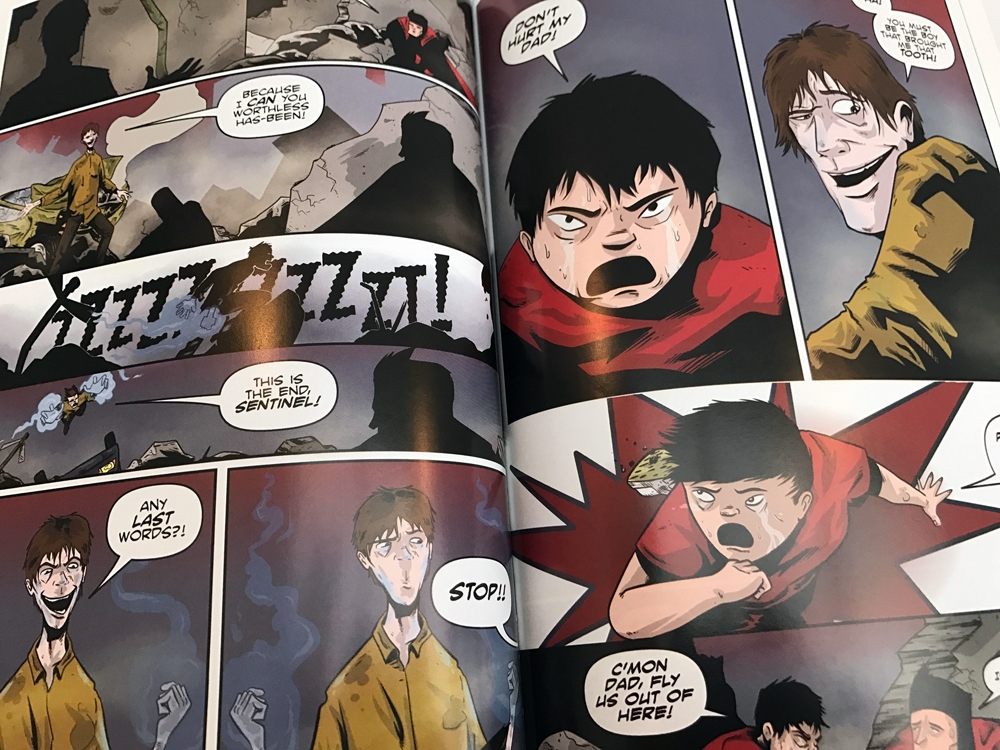
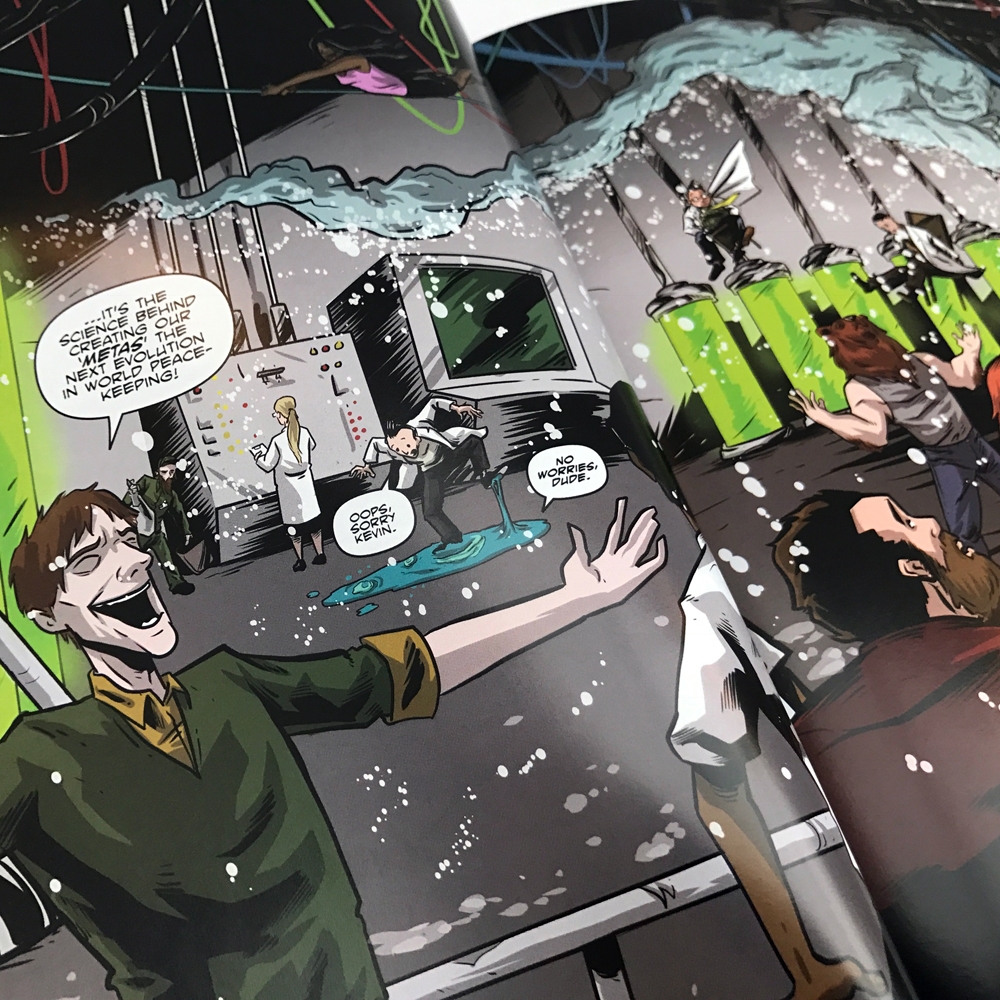
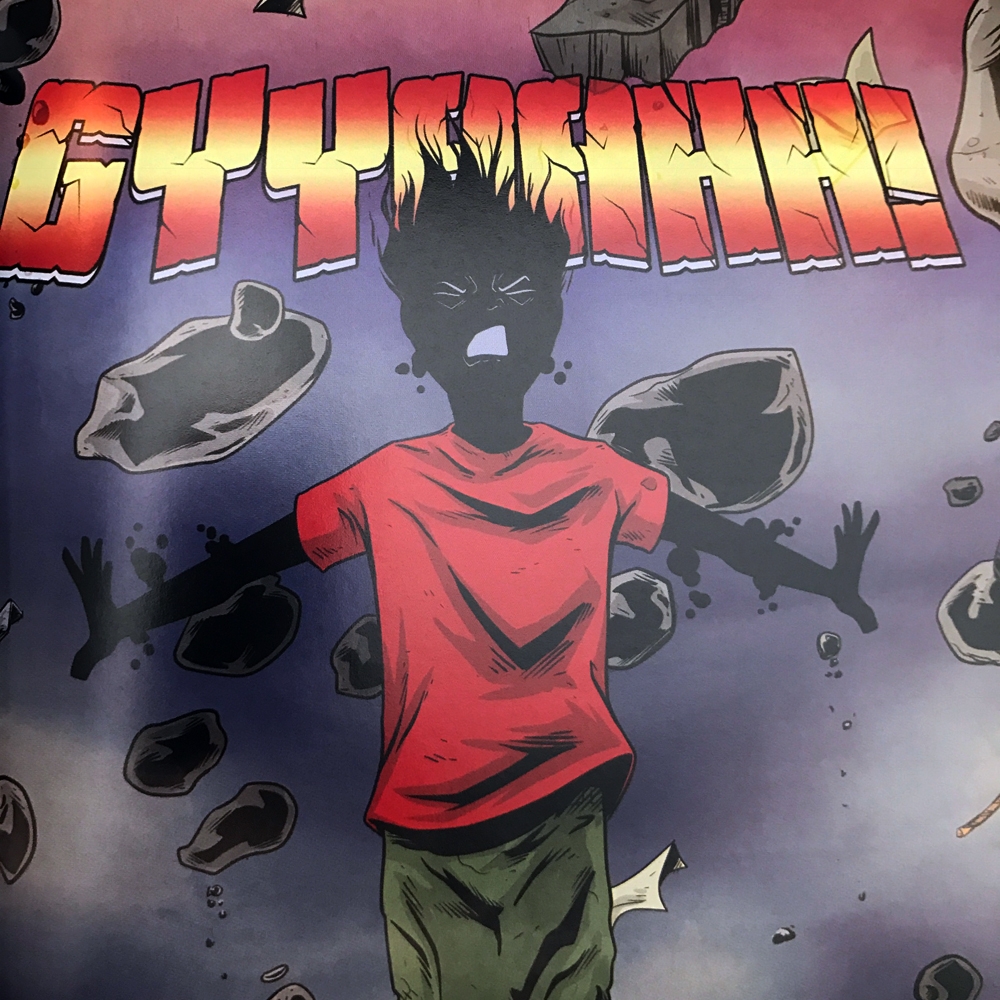
Comments are closed.